
William Ignatius Halloran |
USS Arizona |
Information provided by Brian Sweeney |

William Ignatius Halloran, July 23, 1915, at Cleveland, Ohio, enlisted in the Naval Reserve as an Apprentice Seaman August 14, 1940. He was commissioned as an Ensign June 12, 1941, and was assigned to the Naval Air Station, San Pedro California, and then later to the USS Arizona. Ensign Halloran was among those lost on the USS Arizona at Pearl Harbor. |
USS Halloran DE-305 Displacement: 1,140 t. Length: 289'5" Beam: 35'1" Draft: 8'3" Speed: 21 k. Complement: 156 Armament: 3 3"; 4 1.1"; 9 20mm; 2 depth charge tracks; 8 depth charge projectors; 1 hedge hog Class: EVARTS USS HALLORAN (DE-305) was laid down by Mare Island Navy Yard, Vallejo, Calif., 21 June 1943; launched 14 January 1944; sponsored by Mrs. L. J. Halloran, mother; and commissioned 27 May 1944, Lt. Comdr. J. G. Scripps in command. After shakedown, HALLORAN departed California as a convoy escort 31 July arriving Pearl Harbor 9 August. Sailing for Eniwetok 16 August, she arrived 24 August and 2 days later, she became part of the escort screen for a fast oiler replenishment group steaming to the Western Pacific. Based at Manus, and later Ulithi, HALLORAN continued this duty until 29 November, helping to bring vital fuel to fleet units off Palau, Yap, and Luzon. While moored at Ulithi 20 November, she witnessed the torpedoing of oiler MISSISSINEWA (AO-59) and, in company with sister ship RALL (DE-304), searched the harbor fruitlessly for a suspected midget submarine. From 5 to 7 December, HALLORAN screened two carriers transporting replacement aircraft to Manus, and 14 December she sailed to escort tankers to Eniwetok. She departed 19 December for Pearl Harbor, arriving Christmas Eve. HALLORAN was underway again 22 January 1945, this time as a unit of the escort screen for the amphibious task force designated to capture Iwo Jima. After patrolling the area around the training site at Saipan, she served as a barrier patrol ship during the actual landings 19 February. She continued this duty until 28 February when she departed with a convoy. Steaming via Saipan and Tulagi, she reached Espiritu Santo 15 March. The far-steaming DE's next assignment was with the Okinawa assault forces. Departing Espiritu Santo 25 March, she arrived off Okinawa 9 April and began vital antisubmarine barrier patrols. She repelled six attacking Japanese aircraft 12 April, splashing one and damaging two others, and was narrowly missed by a torpedo 20 April. After performing various other duties, including assistance to the striken destroyer escort ISHERWOOD (DE-520) and escort duty to Saipan and back, she resumed her barrier patrols 30 May. A suicide plane attacked HALLORAN 21 June, but her gunners splashed it in the nick of time a scant 75 yards from the ship. However, an exploding bomb killed three men and caused considerable damage to hull and superstructure. After repairs at Kerama Retto, HALLORAN patrolled off Ie Shima from 5 to 13 July, then assumed tactical command of an escort screen for LSTs en route to the Philippines. After arriving Leyte Gulf 17 July, she patrolled at San Pedro Bay, Leyte, and Lopez Bay, Luzon, prior to departing the Philippines for the United States 10 September. HALLORAN arrived San Diego 29 September and sailed 3 days later for Charleston, S.C., where she arrived 11 October. She decommissioned at Charleston 2 November 1945. Her name was struck from the Navy List 28 November 1945, and she was sold 7 March 1947. HALLORAN received three battle stars for World War II service. |

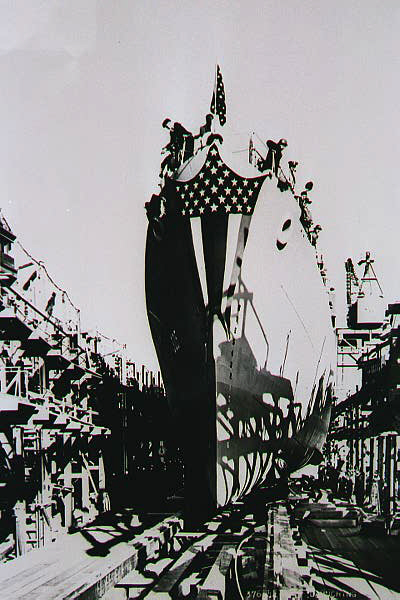
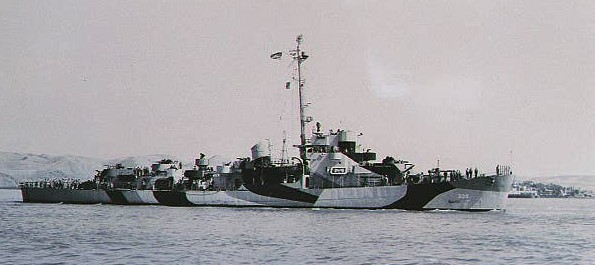
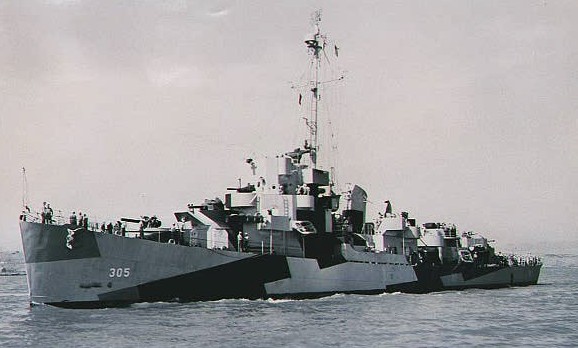
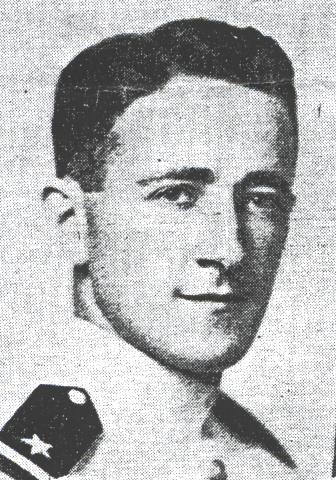
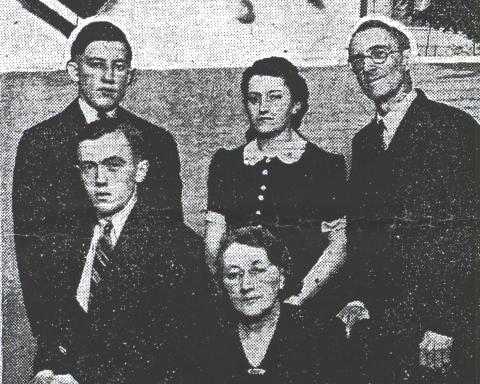
The Halloran Family after William's death. Seated are (L-R) John and Stella Standing are (L-R) Lawrence, Jr., Estelle and Lawrence, Sr. |
Halloran Hall at Ohio State University is named in honor of William Ignatius Halloran |
From the Archives of Ohio State University: The editor and publisher, newspaper trade journal, reported William Halloran the first American newspaper man killed since America's entry. A good student in his undergraduate days, well-liked, sincere in his aims and beliefs, Bill, as he was known to his many friends, was 26 years of age, a native of Cleveland. In campus affairs at Ohio State University, he was president of the Newman Club, president of the Interracial Council and an important member of the Lantern staff. Prior to his enrollment at the University, he attended Cleveland Latin High School in Cleveland and was graduated from John Marshall there. He was the son of Mr. And Mrs. Lawrence Halloran. Graduated, Bill joined the United Press in Columbus, advanced to the UP bureau in Cleveland early in 1940. An idealist in the fine sense of the word, Bill joined the naval reserve, in September, 1940 and was assigned to the battleship West Virginia. To his friends at the School of Journalism there was an additional heart-tug in the card received from Bill posthumously. It was mailed at sea from the USS Arizona on December 4, 1941. |